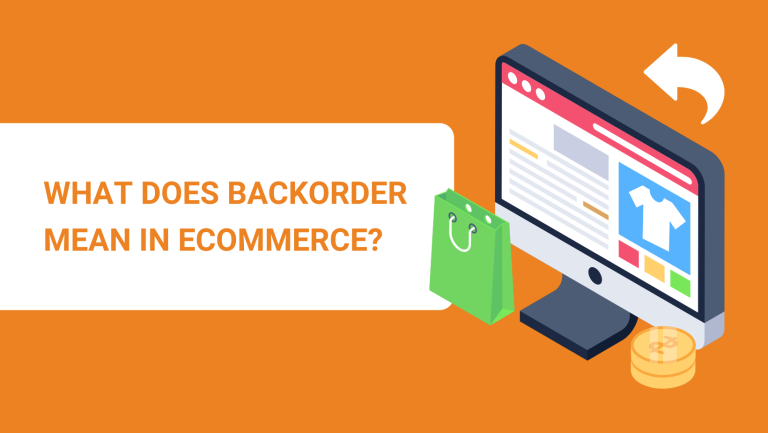Have you ever wondered – what does backorder mean in eCommerce? Is it a good or a bad thing for your business?
Although backorders indicate high demand, they can be very risky for a business that doesn’t deal with them hands-on. Backorders point to an issue with your supply chain and can negatively affect customer experience and satisfaction.
So, what to do when a product is out of stock? And, how do you keep the balance between stock items and back-ordered products?
Let’s dive in and see!
What Is a Backorder?
A backorder means an order of a product or a service that isn’t currently available in stock but will be at a later date. Usually, product backorder pages will have an approximate date for resupply so that the shopper knows when the product will be available and delivered.
Simply put, an eCommerce owner can offer backorders when the item isn’t physically available at the moment but will be in the near future. A backordered item awaits order fulfillment which occurs right after resupply.
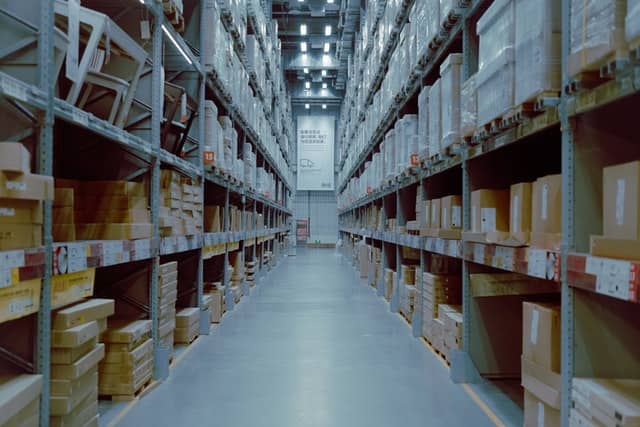
Pros and Cons of Backorders
Backorders have both advantages and disadvantages. Let’s see them all.
Pros
- Uninterrupted cash flow
- Minimizing inventory on hand and upfront costs
- Fewer costs for storage and warehousing
- A guaranteed demand for a batch that’s still in production
Cons
- Slower order fulfillment
- Longer delivery times
- Bad customer experience
- Losing customer loyalty and market share
- Bad customer reviews
- Increased customer service needs
- Risk of canceled orders
Back-Order, Back Order, or Backorder?
Regardless of whether you use the word back order or backorder, both are correct – inventory that has been sold but isn’t there yet physically so it can’t be packed and shipped right away. The third option is “back-order”, but this is the verb form.
Backorder vs. Preorder
Both backorder and preorder mean that the product is not in stock and the buyer won’t get it right away. The only difference is that preorders are used for products that aren’t yet manufactured, and backorders for products that are out of stock at the moment.
Preorders are a great way to build hype and curiosity around a product before it even hits the market.
Backorder vs. Out of Stock
If you mark your product as out-of-stock, customers won’t be able to place an order at all. However, if you accept backorders, they will be able to place an order, only they’ll have to wait until the product is in stock again.
In both cases, the product isn’t available and in stock at the moment, but backorders give you the chance to still have cash flow and deliver the product once you have it.
Backorder vs. Backlog
Your backlog is the total number of orders that customers made that aren’t fulfilled and shipped yet. A backorder, as we mentioned above, is an order of a product that is out of stock at the moment but will be available and shipped again soon.
As such, we can say that your backorders are a part of your company’s backlog.
A long backlog means a lot of products are waiting for order fulfillment. But, don’t wait too long to fulfill orders for products that are in stock. Otherwise, you might cause too many delays resulting in a negative customer experience.
Backorder vs. Backstock
Although these two terms sound similar, they mean different things. A backstock is more similar to safety stock and it signifies the stock that is unsold and remaining in storage.
If you notice that you have too much back stock or back inventory, you probably struggle with the demand and need to order less inventory in the future.
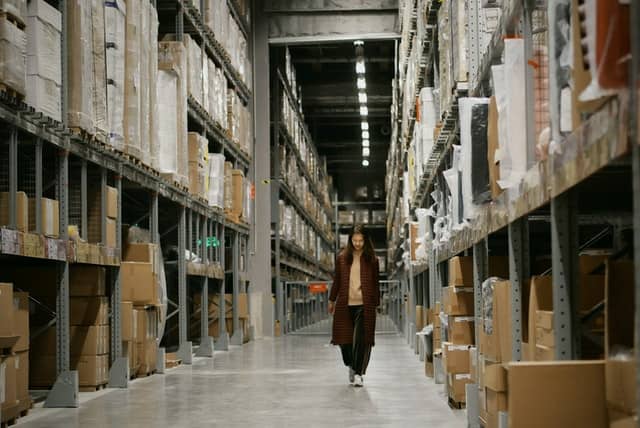
What Causes Backorders?
A back-ordered item can be caused by different internal or external problems. It’s always about a delay in the supply chain. The most common causes of backorder are:
Improper Demand Forecasting
Often, a successful campaign, an influencer mention, or simply finding yourself on a list of “X best Y” can make the demand skyrocket and catch you unprepared.
These are instances when we didn’t expect to have such a demand so we didn’t adjust our stock levels and reorder point.
Manufacturer Lead Time Delays
Another reason for backordered products is supplier delays in manufacturing or logistics.
Manufacturer delays can happen due to:
- Lack of material supply needed for production
- Extended non-working days and closed production (for instance, during Chinese New Year)
- Third-party logistic problems such as shipping or order fulfillment
- Inability to deliver the stock on time due to external forces
Low Safety Stock Levels
Your safety stock represents the products you keep in case of emergencies or an unexpectedly increased demand. If you miscalculate your safety stock levels or let them drop too low before reordering, you might experience a backorder pile-up.
How Long Do Backorders Take?
Products that are temporarily on backorder usually take about two weeks or 14 days. However, the ETA (expected time of arrival) can vary from one business model to the other, so always inform your customers in advance.
In some cases, backorders can take much longer or shorter than this. You shouldn’t have an issue as long as you notify your customers in advance.
Generally speaking, the more high-ticket the product is, the more waiting time customers are willing to accept.
But, this is not the case if you sell necessities, daily products, or low-ticket products. These are products that customers want to receive right away, without waiting.

How to Minimize Backorders?
Let’s take a look at some ways to minimize backordered products:
Use Inventory Management Software
Using technology such as inventory management software can help you control your stock in real-time and automate your processes.
As an eCommerce business scales and starts receiving hundreds or thousands of orders, it becomes impossible to do everything manually. It’s time-consuming and there’s a big probability of human errors. Luckily, technology solutions can help with this.

Work with Multiple Suppliers
Collaborating with multiple suppliers is an incredibly powerful practice in eCommerce. Like this, you’ll always have a backup in case your first manufacturer experiences production or lead time delays. Just make sure that the product quality from all suppliers is the same.
If you don’t want to deal with multiple suppliers, you can work with a product sourcing agent who can help you control your stock levels and avoid backorders.
Set an Earlier Reorder Point
A reorder point represents the minimum quantity of stock items you should have in your warehouse before reordering. To set a reorder point, you need to consider your safety stock and lead time.
If you want to stay on the safe side, don’t set your reorder point too late. Plan for an unpredicted demand increase.
Keep a Larger Safety Stock
If your budget allows it, don’t wait until your stock levels fall too low. Keep a higher safety stock in case of unpredicted surges in demand. Simply order more products and you’ll feel much safer.
However, note that buying a product in bulk without being sure of its demand or your ability to actually sell the entire stock can quickly backfire.
Regularly Check Stock Levels of Popular Products
Always check the inventory levels of products that are the most in-demand. No matter how well you plan your stock levels and date of resupply, eCommerce can be unpredictable.
So, we recommend keeping close tabs on your inventory, especially for your most popular products.
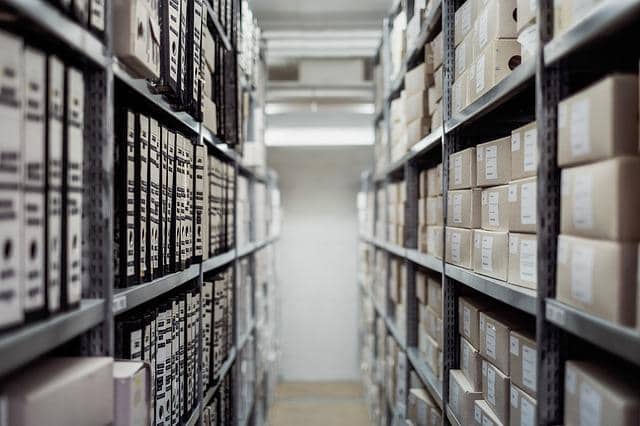
Best Practices for Dealing with Backorders
Communication is vital if you decide to allow backorders. Without transparent communication with your customers, backorders can quickly backfire!
Here are some best practices for dealing with backorders in your store:
Notify Customers of the ETA
First and foremost, always notify your customers that the product they’re buying is only available on backorder. Additionally, inform them about the expected time of arrival.
Being transparent is vital here. Your customers need to know when to expect the product that they’ve paid for. Otherwise, you might have to deal with tons of order cancellations.
Collect Emails of Potential Buyers
Not everyone will trust your store enough to place a backorder and pay you for a product that you don’t have in stock. For these potential buyers, it’s good to set a subscription box that says something like “inform me when the product is in stock again”.
With this, you’ll have the emails of store visitors that are interested in the product and want to have it as soon as it’s available in stock.
Send Delivery Updates
Update backorder buyers promptly about any changes or delays in the estimated delivery time. Additionally, inform them as soon as you get the product, and as soon as their product is packed and shipped.
Build Excitement and Anticipation
Use the time that buyers are waiting to engage and build excitement about the upcoming product delivery. This will reassure them in their decision, prevent them from thinking they’ve been scammed, and ultimately – decrease your order cancellation rate.
Take Supplier Lead Time into Consideration
Another way to minimize your backorder rate is to consider your supplier’s lead time. How long does it take them to get raw materials, manufacture, and dispatch the stock? This information is crucial to set a reorder point promptly.
Offer Partial Deliveries
The next thing you could do is offer partial deliveries if a buyer orders items that are available in stock and some on backorder. Like this, they can get the rest of the items in case they need them urgently and wait only for the ones that are out of stock.
No Payment Until Order Fulfillment
Last but not least, you could gain more customer trust by promising not to charge them until the product has been shipped.
By not processing the payment right away, your customers will be confident that you’re not just after the money and that you will actually ship out the product they’ve ordered.

Backorder Notification Examples
Before we move on to the FAQ section, let’s see some examples of backorder notification emails you can use for inspiration and ideas:
Initial Backorder Notification
Dear {name},
Thank you for the placed order. Unfortunately, one {or more} item from your order is temporarily out of stock due to unforeseen delays in our supply chain.
We expect a new arrival by {date}, and we will ship out your order as soon as possible. We will keep you updated.
Our sincerest apologies for this inconvenience.
Please let us know if you’d like to make a change to your order or get a refund.
Sincerely,
{name, last name}

Frequent Updates
Dear {name},
We’re reaching out to let you know that we’re still waiting to receive the items that are temporarily on backorder.
As soon as we have information about the exact date for resupply, we will let you know and ship the product.
Once again, we apologize for this delay and our customer support team is always here to answer questions or help you if you have a query.
Sincerely,
{name, last name}
Product Is Back in Stock Notification
Dear {name},
We’re pleased to inform you that your backordered products have arrived, and they will be packed and shipped on {date}.
You will receive a tracking number shortly, enabling you to check your order status.
Thank you for your patience and consideration, and we apologize for the inconvenience once again.
Sincerely,
{name, last name}
FAQs about Backorders
As always, it’s time to take a look at some of the most frequently asked questions on the subject of backorders:
What Is a Backorder Cost?
Backorder costs are all the direct and indirect costs a business incurs when the delivery of products to customers is delayed. Calculating the backorder costs has many variables and can differ from one business model to another.
Are Backorders Bad for Business?
It depends on how you handle them. If your product is constantly in demand and you have a customer base that doesn’t mind placing backorders, then this can even be good for business since it will allow you to cut down your storage costs.
However, if you pile up a long list of backorders with long delivery times that you aren’t able to respect, this is definitely bad for your business.
In cases like the latter, you risk order cancelations which, in turn, will affect your eCommerce profit margins.
How Do You Calculate Your Backorder Rate?
You can calculate your business’s backorder rate by dividing the number of unfulfilled orders by the number of total orders, and multiplying your result by 100.
For instance, let’s say out of 150 orders, you couldn’t fulfill 15. This is how you can calculate the backorder rate in %:
(15/150) x 100 = 10%
By using this formula, you can calculate exactly how much of your inventory storage is fulfilled and how much is back-ordered. This will give you a good idea of supply vs. demand.
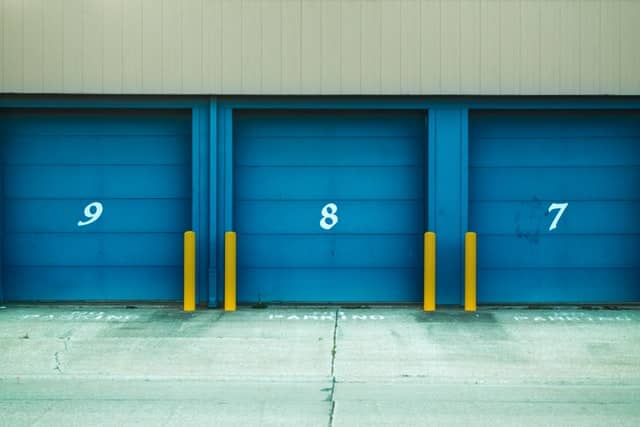
To Wrap It Up
Now that we’ve covered everything there is to know about backorders, let’s not forget that backorders on their own are not a bad or a good thing. How you deal with them is what makes them good or bad.
For instance, a short and manageable backorder list without too much waiting time is good for your business. It shows scarcity and exclusivity and provokes FOMO (fear of missing out).
On the other hand, if your backorders get out of control and you let customers wait for longer than expected, it can damage your business. So, in backorders, like in most other things, we need balance. It’s a thin line.
If you still struggle to find suppliers that will deliver your stock in time, get in touch. We offer a free sourcing quote with zero obligations.
We sincerely hope that we’ve managed to help you learn what a backorder means and how to deal with them in your business.
